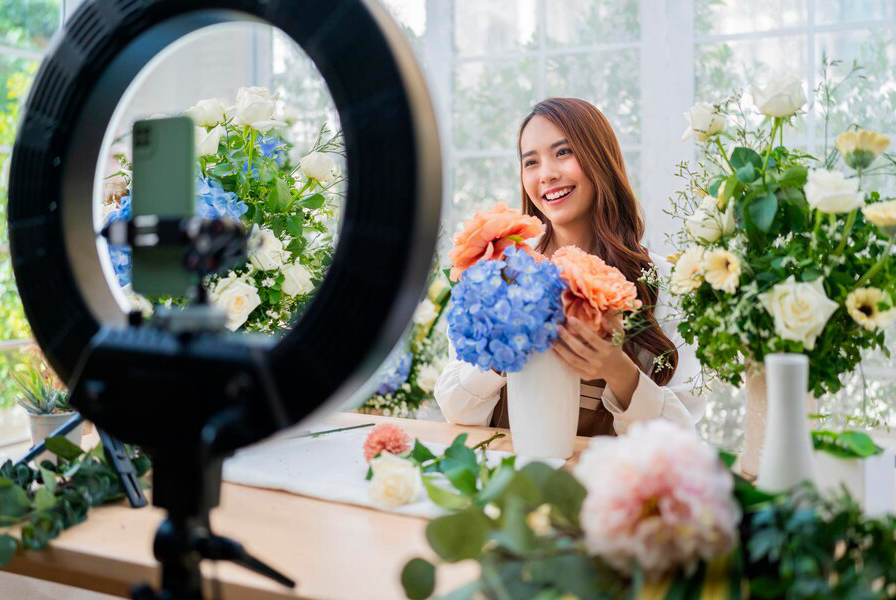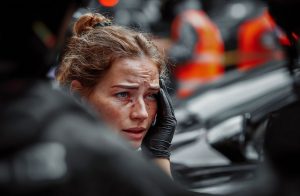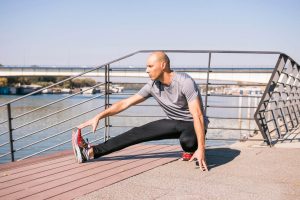Beauty isn’t just skin deep and thank goodness for that. For too long, the beauty industry has been a minefield of impossible expectations, photoshopped perfection, and one-size-fits-all messaging that left most people feeling like they were falling short. But something incredible is happening. The walls are coming down, and we’re witnessing a radical reimagining of what beauty really means.
We recently talked with the people at Siren Training, who offer Youth Mental Health First Aid Courses, and it sparked a fascinating conversation about how the beauty industry is radically changing its approach to marketing and representation. Gone are the days when beauty was just about looking perfect. Now, it’s about feeling good in your own skin, literally and figuratively.
The Evolving Landscape of Beauty Marketing
The beauty industry is undergoing a massive transformation. What used to be a world of airbrushed perfection and unattainable standards is now becoming a space of genuine connection, understanding, and support. Brands are realizing that true beauty isn’t about fitting into a narrow mold, but about celebrating individual uniqueness and supporting mental well-being.
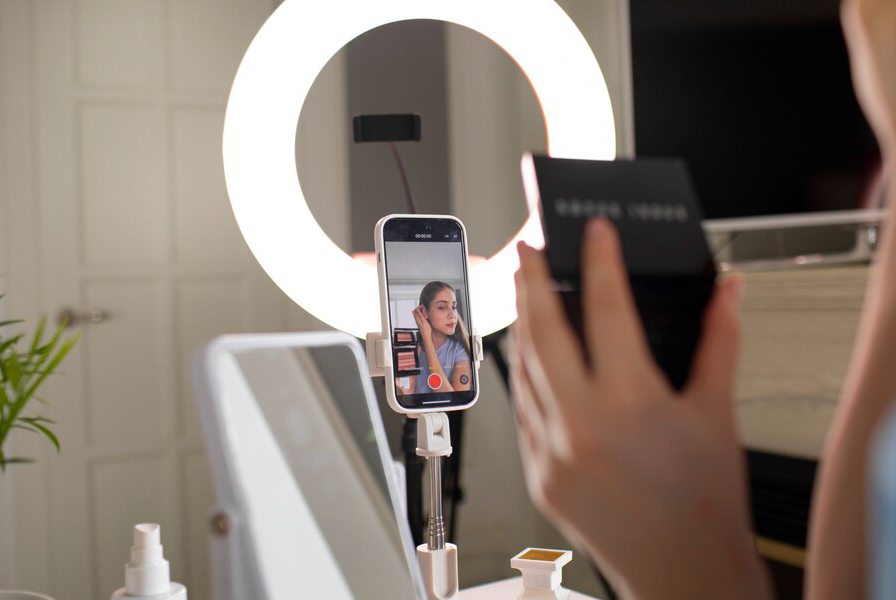
Challenging Historical Beauty Norms
Breaking Down Impossible Standards
For decades, beauty advertisements presented a single, unrealistic image of perfection. Thin bodies, flawless skin, zero wrinkles. You know the drill. These standards weren’t just unrealistic; they were downright harmful. Countless people developed body image issues, anxiety, and low self-esteem trying to measure up to these impossible ideals.
The Power of Diverse Representation
Today’s beauty campaigns are different. They’re showing real people with real bodies, real skin conditions, and real life experiences. Think stretch marks, acne, vitiligo, different body shapes, ages, and abilities. It’s not just about being inclusive. It’s about showing that beauty has no single definition.
Strategies of Inclusive Representation
Real Stories, Real Impact
Brands are now prioritizing authentic storytelling. Instead of using models that look like they’ve been photoshopped from birth, they’re featuring real people sharing their genuine experiences. A campaign about acne isn’t just showing a product. It’s showing the emotional journey of someone learning to love themselves.
Beyond Physical Appearance
Inclusive representation goes deeper than just showing different body types. It’s about acknowledging the mental and emotional aspects of beauty. Campaigns are now talking about self-care, mental health struggles, and the importance of feeling confident, not just looking a certain way.
The Psychological Impact of Beauty Standards
The Mental Health Connection
Constantly being bombarded with “perfect” images messes with your head. Studies have shown direct links between unrealistic beauty standards and increased rates of depression, anxiety, and body dysmorphia. By changing their approach, beauty brands aren’t just selling products. They’re potentially helping improve mental health.
Deconstructing Toxic Narratives
Remember when ads implied you needed to change everything about yourself to be beautiful? Those days are numbered. Modern campaigns are actively working to dismantle these toxic narratives, focusing instead on enhancement, self-love, and individual expression.
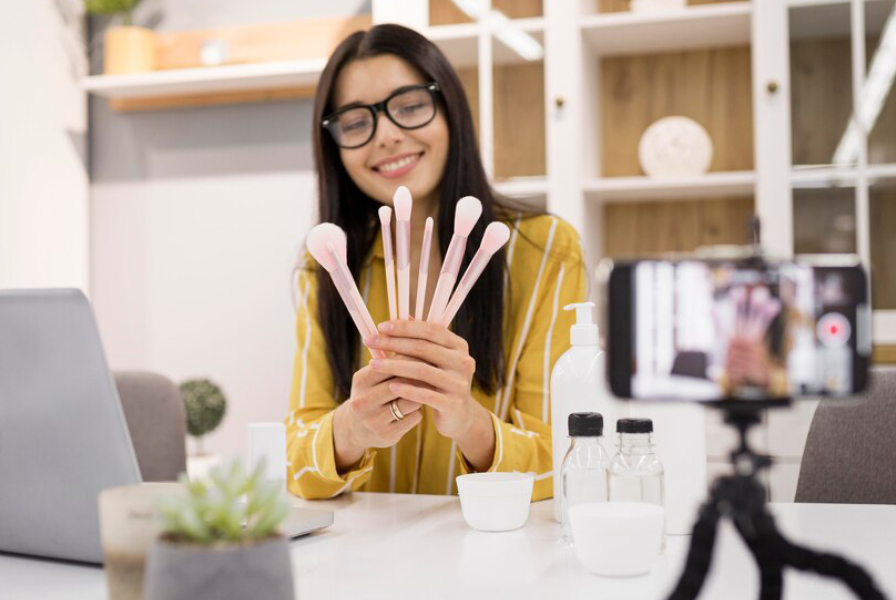
Mental Health Awareness Initiatives
More Than Just a Marketing Trend
This isn’t just a temporary marketing strategy. Many brands are genuinely committing to mental health support. Some are partnering with mental health organizations, providing resources, and creating platforms for open discussions about well-being.
Community and Support
Beauty brands are creating spaces. Both online and offline where people can share experiences, get support, and feel validated. It’s like turning a traditionally superficial industry into a supportive community.
The Technology and Future of Inclusive Beauty
Digital Transformation
Technology is playing a huge role in this shift. AI-powered tools can now provide personalized advice that considers mental well-being, not just physical appearance. Virtual try-ons are becoming more about experimenting and having fun, rather than achieving a “perfect” look.
Global Perspectives
This movement isn’t limited to one country or culture. Brands are increasingly looking at beauty through a global, intersectional lens, recognizing that beauty standards vary widely and that mental health is a universal concern.
Recommendations for Continued Progress
Staying Genuine
The key for brands is to remain authentic. Consumers can smell inauthentic marketing from a mile away. It’s not about jumping on a trend, but about making real, sustainable changes.
Continuous Learning
The conversation around mental health and beauty is always evolving. Brands need to stay curious, listen to their communities, and be willing to adapt and grow.
The beauty industry is at an exciting crossroads. It’s no longer just about selling products. It’s about promoting a holistic sense of well-being, celebrating individuality, and supporting mental health. And honestly? We’re here for it.

